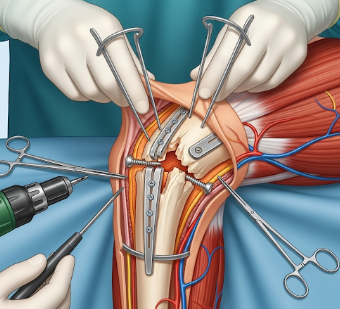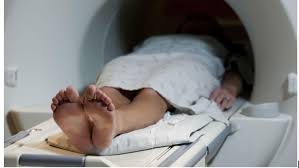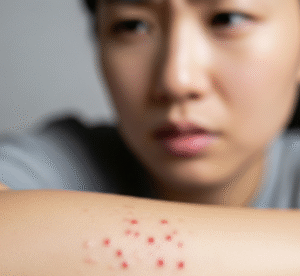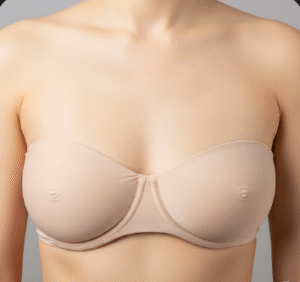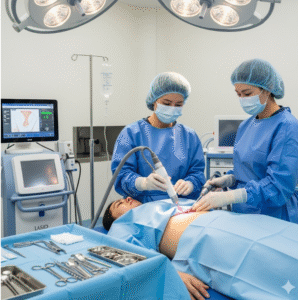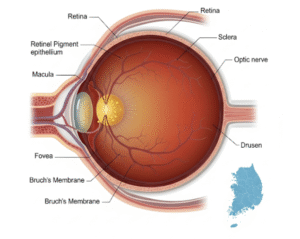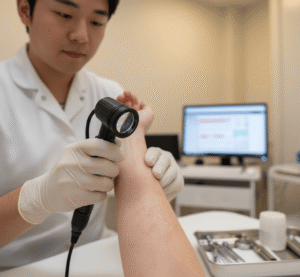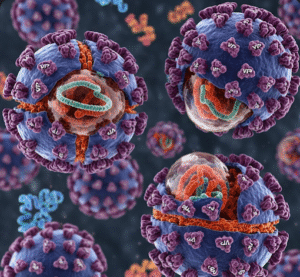Overview
Open Reduction and Internal Fixation (ORIF) is a surgical procedure used to treat severe bone fractures that cannot heal properly with casting or splinting alone. “Open reduction” refers to surgically exposing and realigning the broken bone, while “internal fixation” involves using implants such as plates, screws, or rods to stabilize the bone during healing.
In South Korea, ORIF is performed in highly advanced orthopedic centers using minimally invasive techniques, 3D imaging, and surgical navigation systems, ensuring precise alignment and faster recovery. This makes Korea a preferred destination for both locals and international patients needing fracture repair.
What is Open Reduction and Internal Fixation (ORIF)?
ORIF is indicated when a fracture is complex, unstable, or involves joints. It allows surgeons to:
✔ Directly view and realign the fracture
➔ Stabilize bone fragments using plates, screws, or rods
● Ensure proper healing and restore function
★ Prevent long-term complications such as malunion or impaired mobility
Common fracture sites treated with ORIF:
- Hip and femur
- Tibia and fibula
- Forearm and humerus
- Ankle and wrist
- Complex joint fractures (elbow, shoulder, knee)
What are the Benefits?
ORIF provides several advantages over non-surgical management:
✔ Precise fracture alignment for better functional recovery
➔ Faster healing compared to casting alone
● Early mobilization reduces stiffness and muscle atrophy
★ Reduces risk of malunion or deformity
➤ Improves long-term joint function, especially for intra-articular fractures
Procedure Details
1) How should I prepare for ORIF?
Preparation is essential to ensure a smooth surgery:
✔ Medical evaluation: Blood tests, X-rays, CT, or MRI to assess fracture.
➔ Medication review: Blood thinners may need to be stopped before surgery.
● Fasting: Typically 6–8 hours before surgery.
★ Discuss anesthesia options and potential risks.
➤ Lifestyle adjustments: Stop smoking, maintain hydration, and follow surgeon instructions for optimal healing.
2) What happens during the procedure ORIF?
The procedure is performed under general or regional anesthesia and can last 1–4 hours depending on fracture complexity:
✔ Incision: The surgeon exposes the fracture site.
➔ Realignment: Bone fragments are carefully repositioned to restore anatomy.
● Internal fixation: Plates, screws, or rods are applied to stabilize the bone.
★ Fluoroscopic guidance: X-ray imaging ensures precise placement of hardware.
➤ Closure: Incision is sutured, and a sterile dressing is applied.
Minimally invasive ORIF techniques in Korea reduce tissue trauma, blood loss, and recovery time.
3) What happens after ORIF?
Post-operative care is crucial for proper healing:
✔ Hospital stay: Typically 2–7 days depending on fracture site and complexity.
➔ Pain management: Medications control post-surgical pain.
● Immobilization: Splints, braces, or casts may be used temporarily.
★ Physical therapy: Initiated early to restore joint mobility and muscle strength.
➤ Follow-up imaging: Ensures the bone is healing correctly and hardware is stable.
Risks / Benefits
Possible Risks:
✔ Infection at the surgical site
➔ Bleeding or hematoma formation
● Hardware complications (loosening or breakage)
★ Nerve or blood vessel injury
➤ Incomplete healing or malunion
Key Benefits:
✔ Precise bone alignment and stabilization
➔ Faster functional recovery than non-surgical methods
● Early mobility reduces stiffness and complications
★ High success rates in restoring strength and function
➤ Minimally invasive options available in Korea
Recovery and Outlook
✔ Initial recovery: 2–6 weeks depending on fracture site and surgical approach.
➔ Rehabilitation: Physical therapy focuses on strength, flexibility, and joint mobility.
● Return to work and daily activity: Usually 6–12 weeks for simple fractures; longer for complex fractures.
★ Long-term outlook: With proper care, most patients regain full function and bone strength.
➤ Follow-up: Periodic imaging ensures correct healing and prevents late complications.
When To Call the Doctor
Patients should contact their doctor immediately if they experience:
✔ Severe pain, swelling, or redness at the surgical site
➔ Fever or signs of infection
● Loosening or movement of hardware
★ Numbness or tingling beyond expected recovery
➤ Difficulty moving the limb or inability to bear weight
Best Korea Option / Process
South Korea is internationally recognized for orthopedic fracture care, offering:
✔ Leading hospitals such as Asan Medical Center, Severance Hospital, Samsung Medical Center, and Seoul National University Hospital.
➔ Advanced surgical navigation and 3D imaging for precise ORIF.
● Minimally invasive and robotic-assisted options for faster recovery.
★ Multidisciplinary care with orthopedic surgeons, physiotherapists, and pain specialists.
➤ Medical tourism support: Translation services, travel assistance, and follow-up care for international patients.
✅ Highlights:
✔ ORIF surgically realigns and stabilizes fractures
➔ Uses plates, screws, or rods to ensure proper healing
● Minimally invasive ORIF reduces recovery time
★ Risks include infection, hardware issues, or nerve injury
➤ Korean hospitals provide state-of-the-art technology and rehabilitation programs

